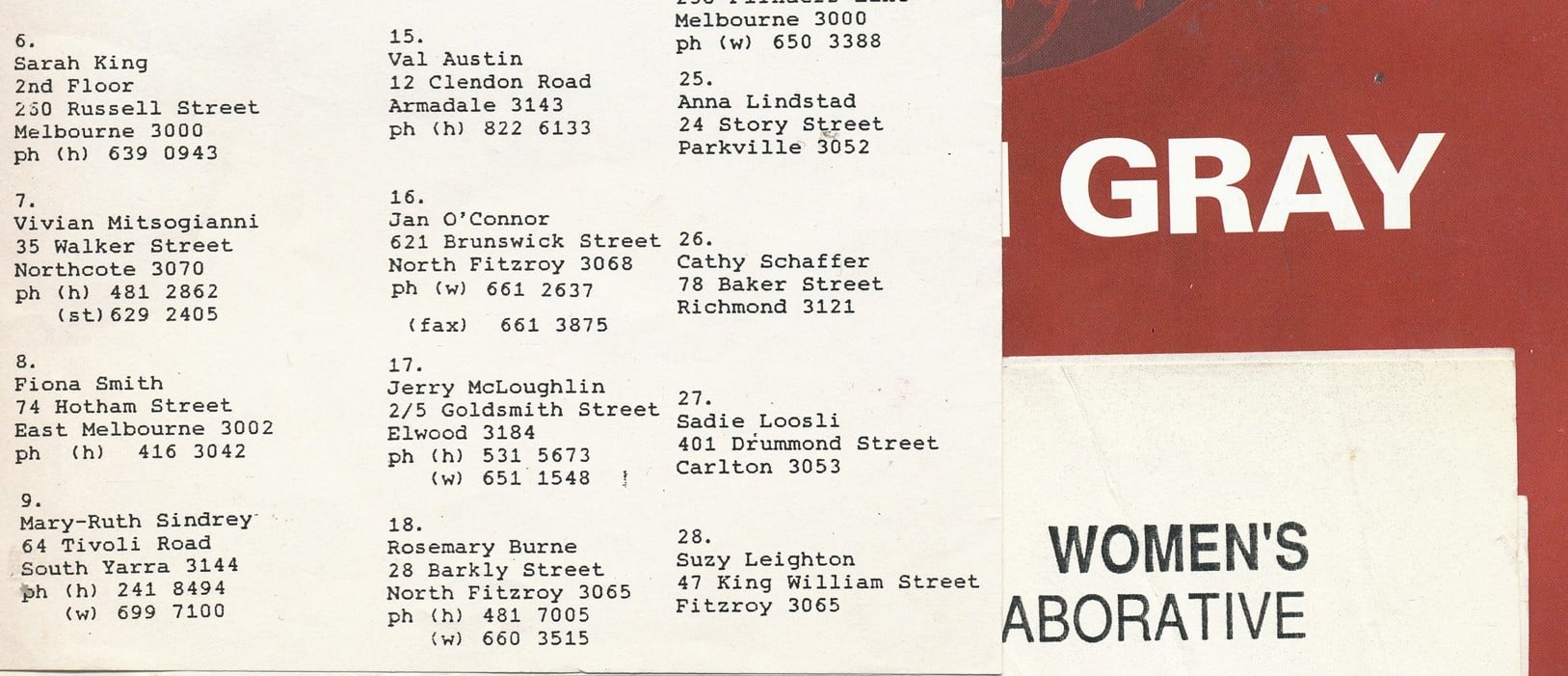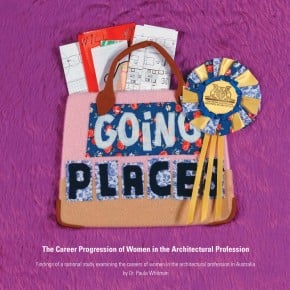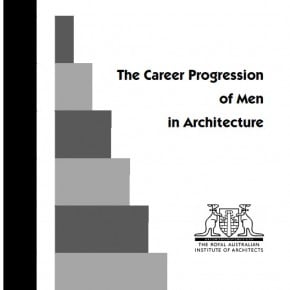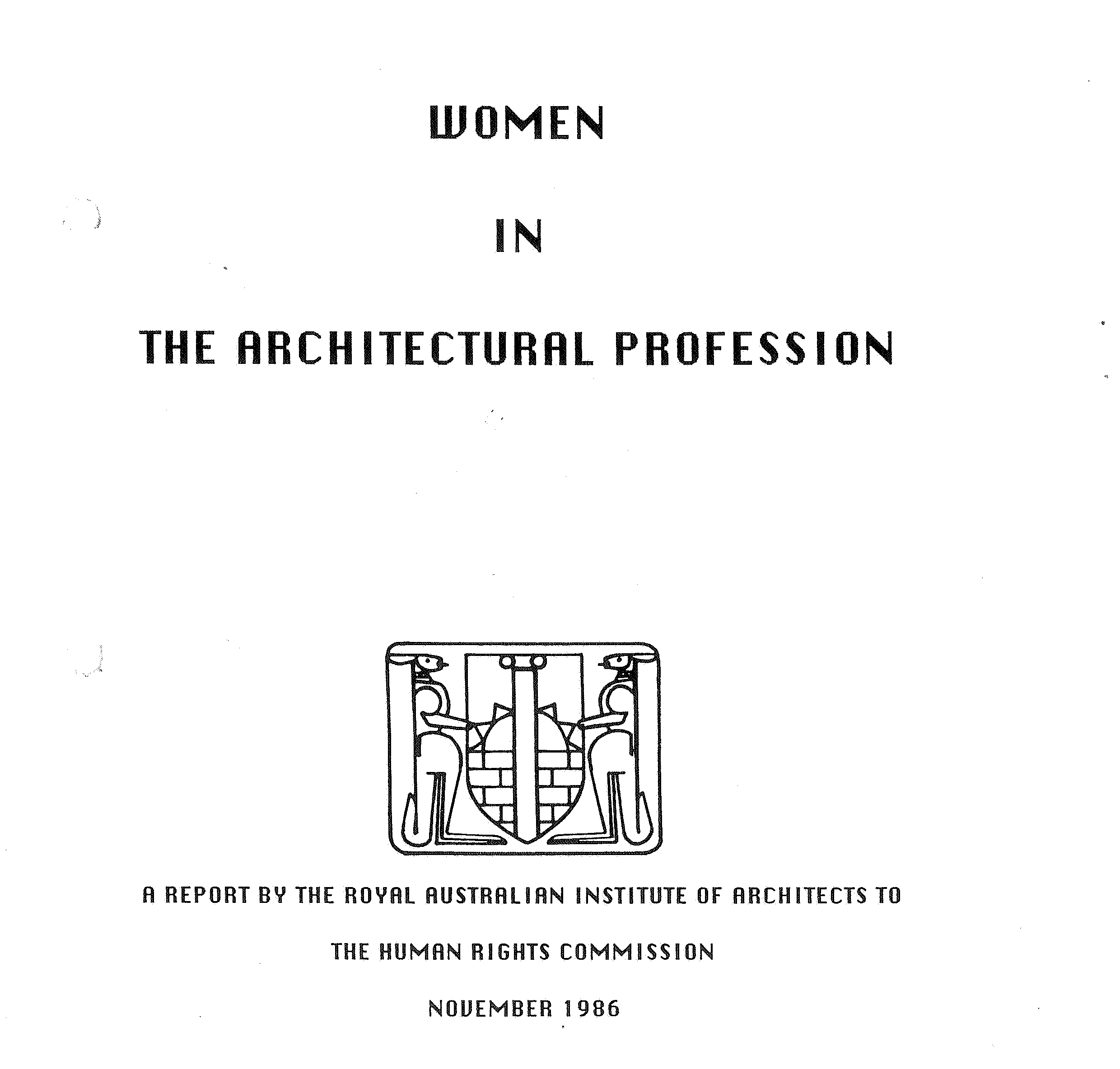Help Parlour to compile a history of initiatives and organisations for women in Australian architecture.
Over the years, and throughout the country, there have been many state-based initiatives and organisations for women in architecture, in various diverse modes, and run by numerous notable individuals and collectives. These organisations have acted as an important means of support and solidarity between architectural women in their locale, but they have also often been plagued by the fate of passion-based projects – to peter out when their originator becomes exhausted or moves on to something else.

Since these initiatives have also frequently been informal, social, and based on networks of friends and colleagues, many of them have left little material trace – their history is an ephemeral one, collected in memory but not necessarily in documents or images. This makes them particularly hard to research, and a nation-wide history of such groups, events, organisations, celebrations, conferences, talks, processes and initiatives, has yet to be written.
There is also a history of institutional reports, all of which have made recommendations – some of them remarkably similar. To date, we know of four such reports: Paula Whitman’s Going Places report of 2005 and the follow-up report The Career Progression of Men in Architecture; the 1991 report Towards a More Egalitarian Profession: Findings of the Royal Australian Institute of Architects Committee on the State of Women in Architecture, chaired by Anne Cunningham; and Women in the Architectural Profession, a 1986 report by the Royal Australian Institute of Architects to the Human Rights Commission.
We would be very interested to know if there have also been other reports, both nationally and at a state level, and to understand something of the reception of them. What were their effects?
One of the aims of this website is to compile a comprehensive history of such initiatives, reports and influential individuals, through crowd-sourcing – tapping the memory of the collective. Interactive online media makes this kind of participatory history possible in a way that it would never previously have been, and this is an exciting opportunity, and also an experiment, in gathering historic facts and testimonies.
The women activists and organisers of the past should have their contributions noted and celebrated, and we hope to do that here.
If you have material or information to contribute to this history, please contact us at hello@parlour.org.au in the first instance.























